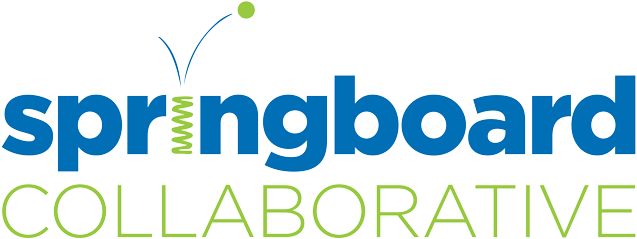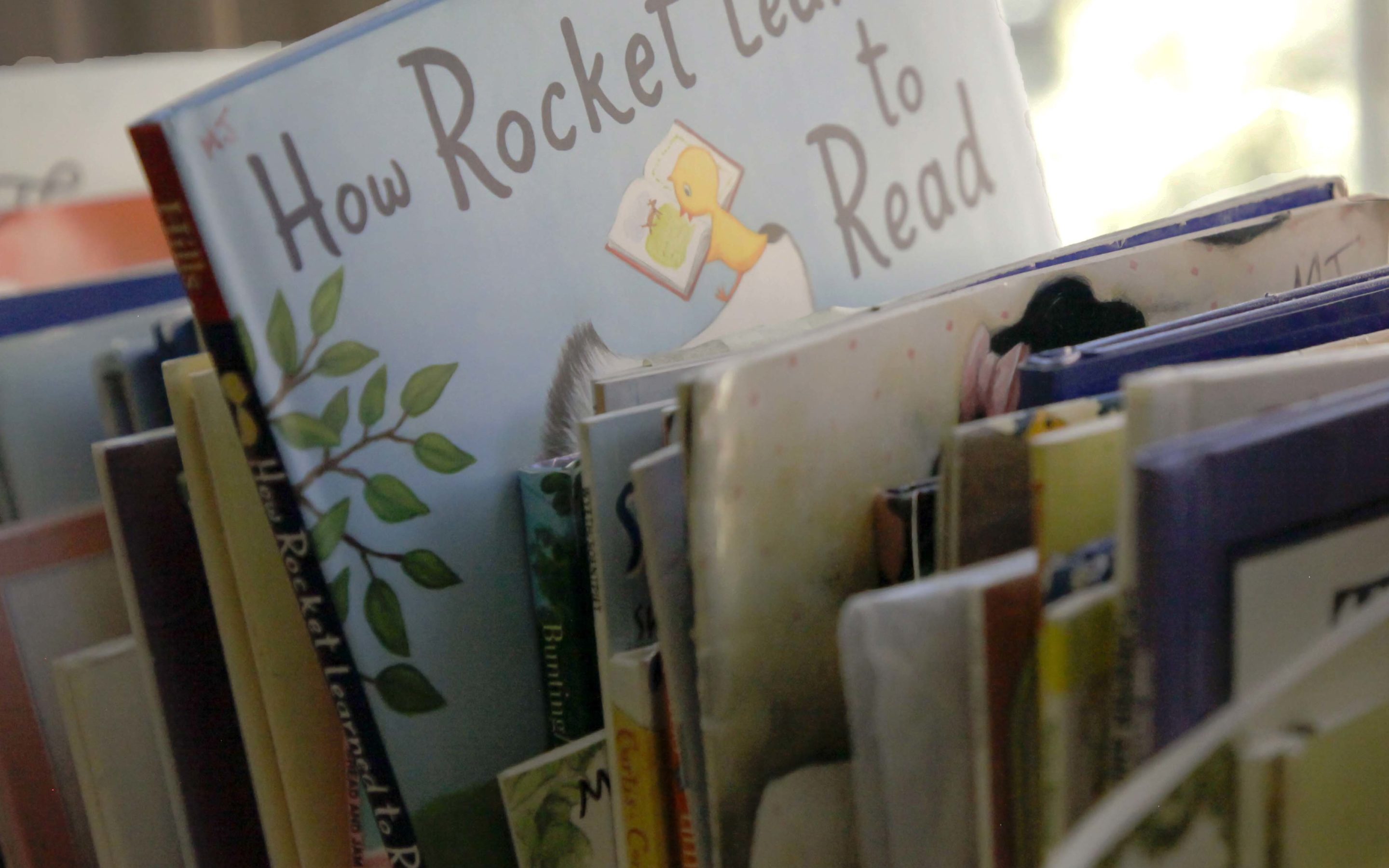What was your favorite childhood book? If you’re like me, perhaps there was one book that you enjoyed reading over and over again. I read Cinderella so many times that I had the words to the story memorized, forever etched in my mind. When my mom read aloud to me and attempted to skip a section, I promptly reminded her she missed a page. I read the book so many times that the pages became weathered, but each reading brought me more joy. We want every child to have that experience, to discover a book they fall in love with and that brings them so much happiness they want to read it over and over and over. Building an authentic joy of reading starts with having a diverse library to choose from.
Books can be mirrors, windows, and sliding glass doors (Bishop, 1990). Books that are mirrors reflect a child’s experience; they include characters that look, talk, and act like them, their families, and their communities. These books can be self-affirming and build self-confidence, so it’s important to build a book collection that includes diverse books that reflect the races, ethnicities, cultures, and languages of the children in our classroom community.
Former Springboard teacher and Assistant Director of Literacy Erin Johnson shares that it is important to select texts “that represent the kids that we serve.” She encourages teachers to “pick books that give kids a voice, where kids can say this person looks like me, I feel valued.”
When children are able to see themselves in books and stories, it sends a positive message that they belong and matter.
Now a parent herself, Johnson made a routine of reading “The King of Kindergarten” by Derrick Barnes nightly to get her son excited about his first day of kindergarten. Books can serve as a tool to initiate conversation around developing a positive identity.
Diversity needs to go both ways. Books can also sometimes be windows, “offering views of worlds that may be real, imagined, familiar, or strange” (Bishop, 1990). Windows are important because they can give readers a chance to explore things outside of their lived experiences, sparking imagination of fantastic lands or helping them learn about very real communities outside of their own. These windows can also act as sliding glass doors, where readers walk through and are transported to an imaginary world created by the author.
As a Cambodian refugee child growing up in Philadelphia in the 1980s, Keo Chea-Young, Springboard’s Director of Applied Theory & Cognition, found few mirror books and plenty of window books on dominant, mainstream cultures. She writes in Global Philadelphia: Immigrant Countries Old and New (2010), “Throughout my schooling years, I experienced an extraordinary misreading of the world [through books] – that being ‘normal’ and ‘okay’ meant being White.” Like many minority groups, she rarely saw people like her in books – people who shared her ethnic group, people who spoke her native language or were bilingual, or people living in a multi-generational household. When children cannot see themselves in books, they receive the message that they are not important and that literacy, the acts of reading and writing, are not for them (Harste, Woodward, & Burke, 1984).
As a literacy specialist, she has seen value in identifying and curating a classroom collection of books that provide an undistorted mirror as well as an adequate window for all children: “There’s also tremendous value in selecting books that give children a window in others’ lives, to have children see and read about life experiences that might not be their own. Helping children understand the true diversity of the world takes more than a single book, however. Children need to be exposed to a large number of books, and more specifically, exposed to a large variety of multicultural literature. This is one way to ensure mirror and window possibilities for all children.”
Although approximately 37% of the United States population identify as People of Color, only 10% of children’s books in the past 21 years contain multicultural content.
As teachers, it’s our responsibility to select texts that are mirrors, windows, and sliding glass doors that can open a world of possibility to our students.
Here are some things to consider when you are selecting texts for your classroom library or to read with your students:
– Are people of different races, genders, ages, and classes featured in the book?
– Does the illustrator draw people in ways that look respectful to their identities?
– Are there stereotypes (race, gender/sexual orientation, language, ethnicity, ability based), misrepresentations, and generalizations about a group of people?
– Are certain types of people left out of the book?
– Are people in the book described as good or bad because of their race, gender, age or class?
– Are there characters that are clearly in positions of power? If so, what identities do they hold?
– Are there characters portrayed as powerless? If so, what identities do they hold?
– Does the moral or theme affirm or uplift cultural, racial, and ethnic differences?
– Does the identity of this text’s author support the inclusion of diverse voices?
The books we choose to share with our students matters. Representation and exposure to diverse experiences matters. As educators, we have the opportunity to curate book collections that excite and inspire our classroom communities. Next time you select a book to share, consider asking yourself these questions and build a collection that gets students excited to dive into their favorite books over and over again. Having a diverse bookshelf can help our students find the book they love so much that the pages get weathered and they won’t let anyone skip any of the words.


